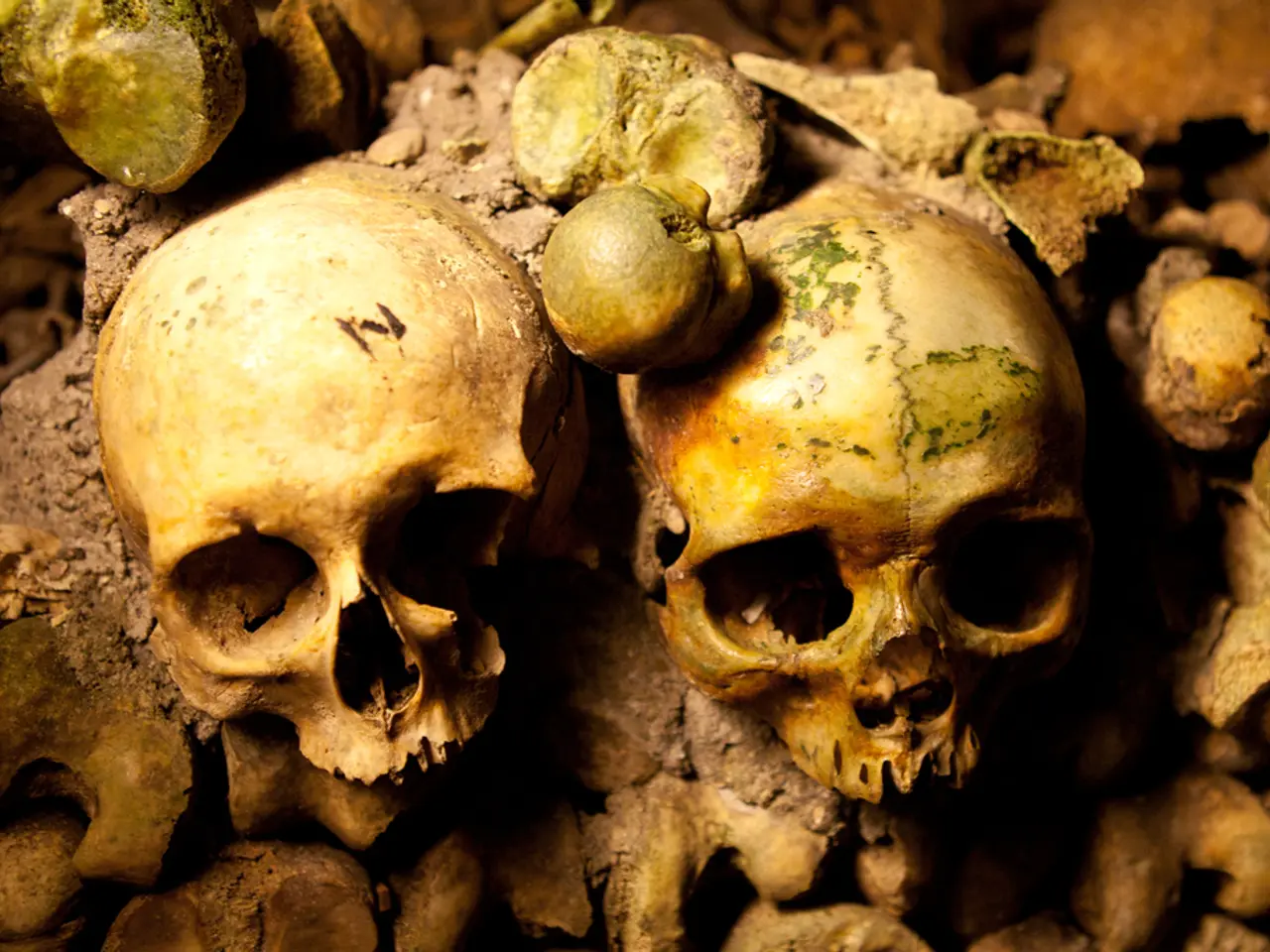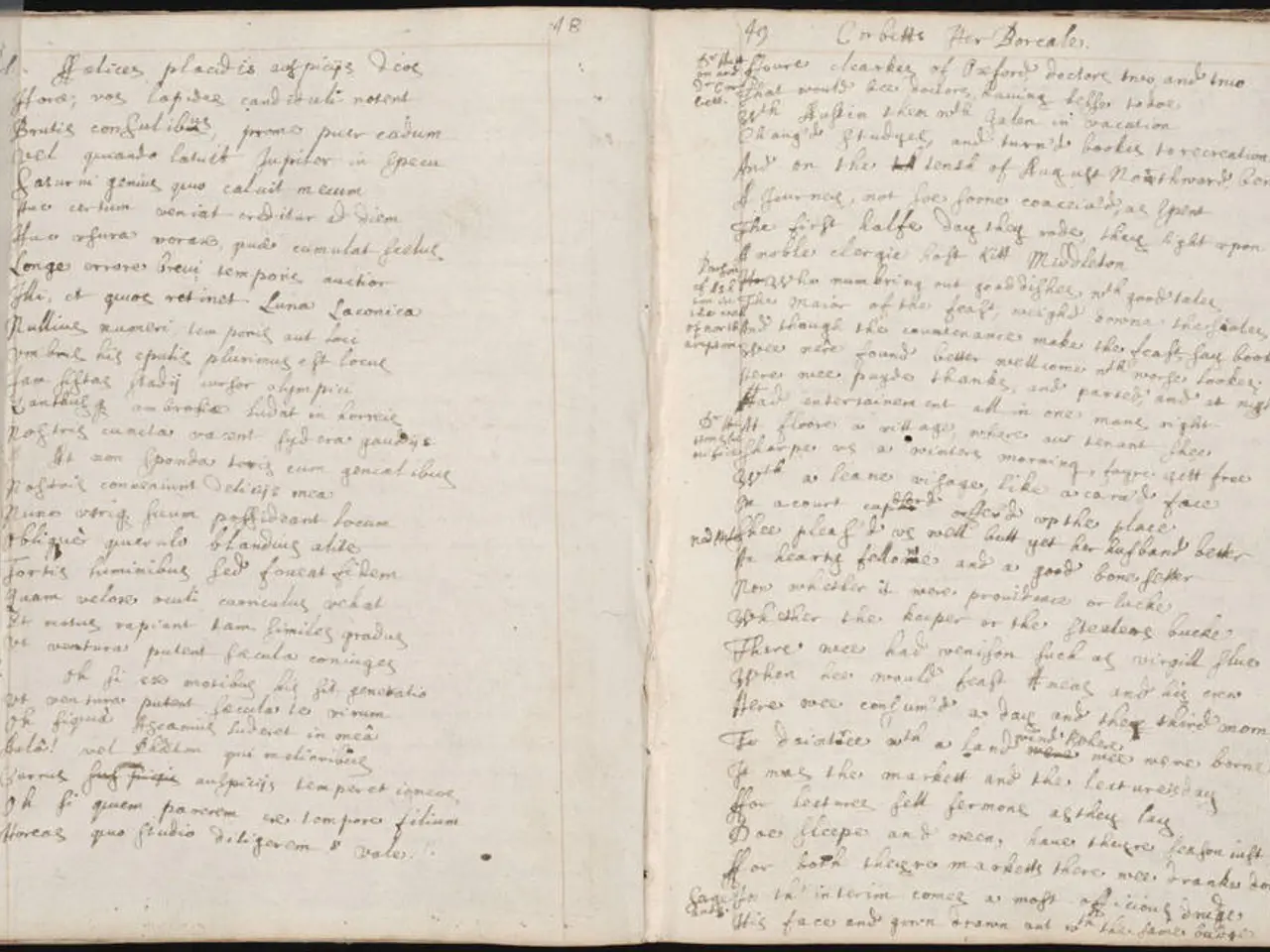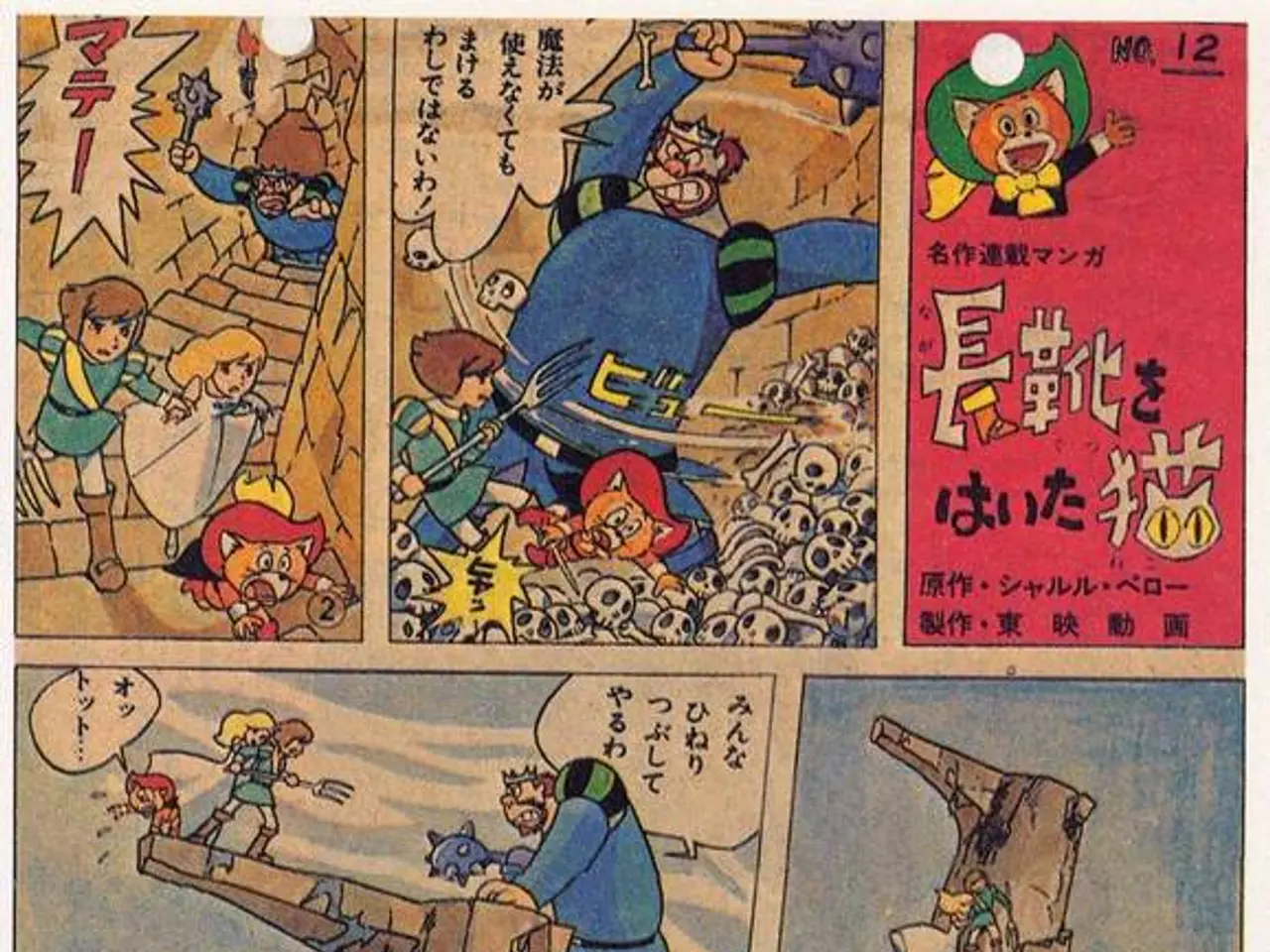Humanity's Likely Lasting Legacy: Rotting Chicken Remnants
In the era of the Anthropocene, characterized by widespread changes to the planet, a unique legacy may be left behind by humanity: millions of chicken bones. With over 22.7 billion domesticated chickens currently inhabiting the earth, making them the most numerous vertebrate species on land, their remains could potentially serve as a testament to our civilization for future generations.
The Pulitzer Prize-winning author Ernest Becker asserted in his 1973 work "The Denial of Death" that humans strive to leave a significant legacy beyond their mortal lives. If his theory holds true, the potential legacy of humanity might indeed be a ton of chicken bones, as suggested by a 2018 study published in Royal Society Open Science.
Modern chicken bones, due to their unique structure and the way they are discarded, are more likely to be fossilized and serve as a representation of the human era. Chickens, being domesticated early and widely consumed, have left large quantities of bones that can survive burial and environmental processes, potentially outlasting many other organic or manufactured artifacts.
The study, led by lead author Carys E. Bennett, claims that the remains of domesticated chickens will be a major marker of our civilization. Bennett asserts that chickens are "a potential future fossil of this age." Extensive chicken bone deposits reflect domestication, agriculture, and dietary habits associated with human civilization. Over time, in the deep future, many other materials—like paper, plastics, or buildings—may degrade or become unrecognizable, whereas dense animal bones such as those from chickens can fossilize or mineralize, providing a long-lasting record of human-animal relationships and food systems.
While the scientific basis for this claim is rooted in archaeological and anthropological observations, direct explicit discussions on civilization's legacy as chicken bones are more often part of scientific outreach or hypothesis in archaeological discourse rather than formal scientific papers. Nevertheless, the insight is supported by studies in archaeology and taphonomy about bone preservation and the isotopic and morphological analysis of animal remains that give clues about human activity over millennia.
As we continue to consume approximately 50 billion chickens each year, with the number reaching over 65 billion in 2016 alone, chicken is on track to become the world's most consumed meat, surpassing pork. The American diet, in particular, is particularly reliant on chicken, with an increase in consumption since around 1970.
While ancient civilizations have left monuments like the Pyramids of Giza and Stonehenge, and practiced mummification, as living reminders of the past, the potential long-term physical legacy of our civilization might be more humble yet enduring: a ton of chicken bones.
- The work "The Denial of Death" by Pulitzer Prize-winning author Ernest Becker posits that humans aim to create a significant legacy beyond their mortal lives.
- If Becker's theory is accurate, the potential legacy of humanity could indeed be a vast amount of chicken bones, as suggested by a 2018 study published in Royal Society Open Science.
- Chicken bones, due to their unique structure and the manner in which they are discarded, are more likely to be fossilized and serve as a symbol of the human era.
- Extensive chicken bone deposits reflect domestication, agriculture, and dietary habits associated with human civilization, potentially outlasting many other artifacts.
- As we keep consuming approximately 50 billion chickens annually, with the number reaching over 65 billion in 2016, chicken is on track to become the world's most consumed meat.
- In the deep future, many other materials may degrade or become unrecognizable, whereas dense animal bones such as those from chickens can fossilize or mineralize, providing a long-lasting record of human-animal relationships and food systems.
- While direct explicit discussions on civilization's legacy as chicken bones are more often part of scientific outreach or archaeological discourse, the insight is supported by studies in archaeology and taphonomy.
- While ancient civilizations have left monuments like the Pyramids of Giza and Stonehenge, the potential long-term physical legacy of our civilization might be more humble yet enduring: a ton of chicken bones.




